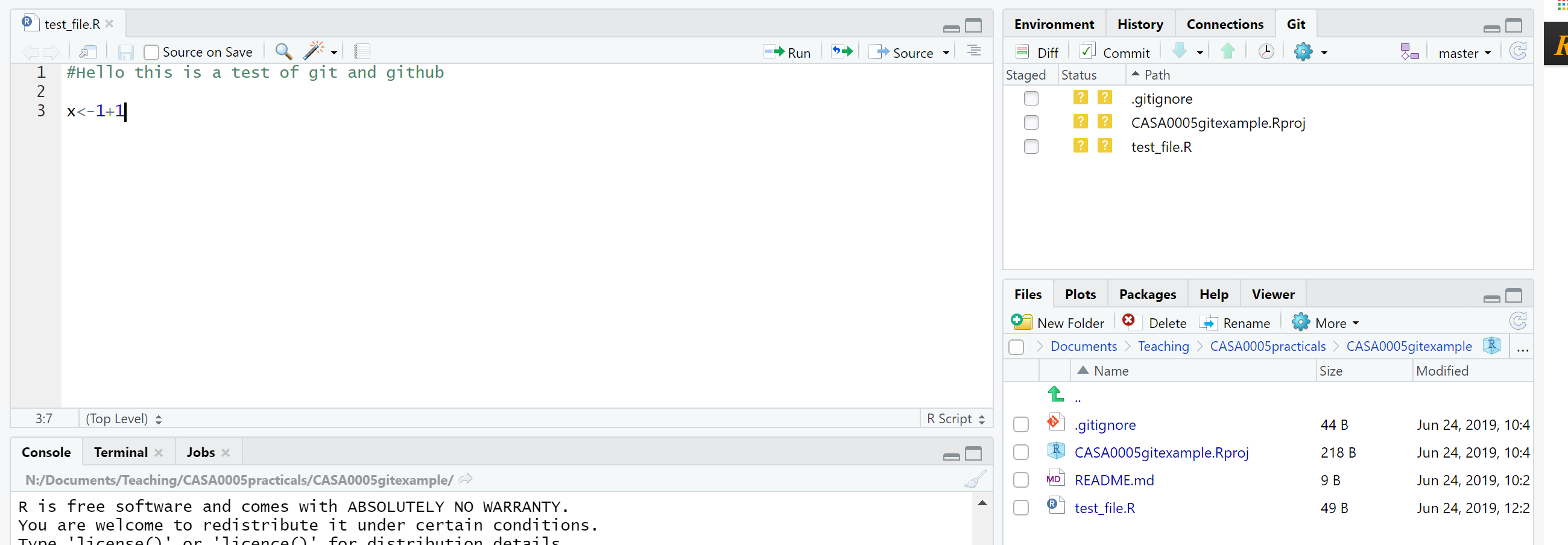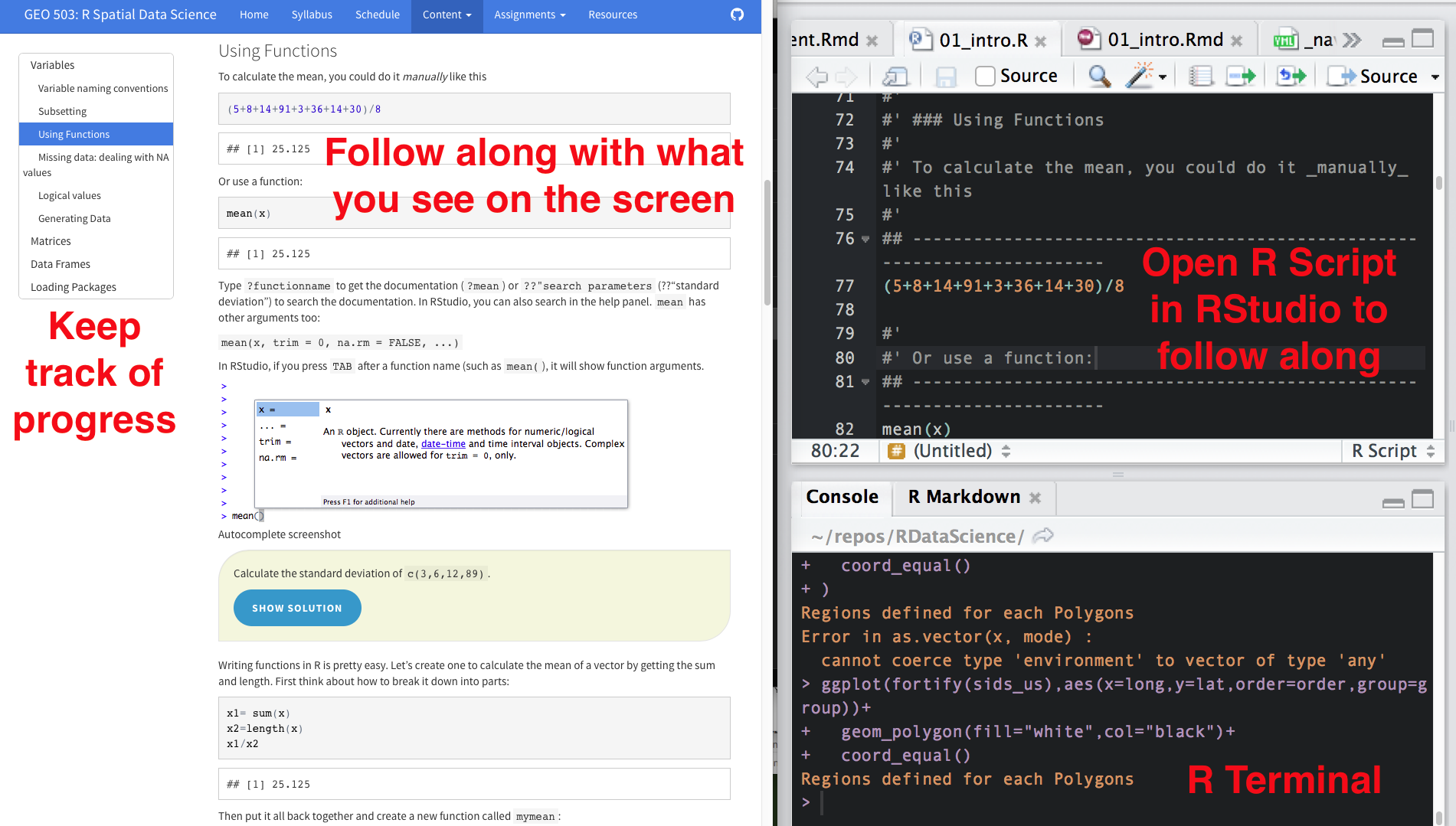
Github rmarkdown code#
The basic idea is that you can write your analysis workflow in plain text and intersperse chunks of R code delimited with a special marker (```). You can also get more information about text formatting here and here.
Github rmarkdown how to#
Let’s take a look at the syntax of how to do this in RMarkdown before we move on to formatting and adding code chunks: You can create “headers” and “sub-headers” by placing an “#” or “#” and so on in front of a line of text, generate numbered and bulleted lists, add hyperlinks to words or phrases, and so on. You can easily get text that is bolded, italicized, bolded & italicized. The syntax to format the text portion of the report is relatively easy.

RStudio implements something called “R-flavoured markdown” or “RMarkdown” which has really nice features for text and code formatting as described below.Īs RMarkdown grows as an acceptable reproducible manuscript format, using knitr to generate a report summary is becoming common practice.

The Markdown language for formatting plain text format has been adopted by many different coding groups, and some have added their own “flavours”. Two files ( and mouse_exp_design.csv) are located inside the data folder.The data folder is in the same directory as workshop-example.rmd file.Note: If you run into error when kniting the markdown, make sure your data structure is set properly as below: Download and uncompress this data folder within the project directory.Download this RMarkdown file and save within the rmd_workshop project directory.Create a new project in a new directory called rmd_workshop.Before we delve into the details we will start with an activity to show you what an RMarkdown file looks like and the HTML report once you have used the knit() function. In this workshop we will become familiar with both knitr and the RMarkdown language. Knit report generation is now integrated into RStudio, and can be accessed using the GUI or console.
Github rmarkdown pdf#
It enables dynamic generation of multiple file formats from an RMarkdown file, including HTML and PDF documents. The knitr package, developed by Yihui Xie, is designed to generate reports within RStudio. Wouldn’t it be nice to be able to save/share the code with collaborators along with tables, figures, and text describing the interpretation in a single, cleaned up report file? However, we often don’t save the version of the tools we use in a script, nor do we include or interpret the results of the analyses within the script. Computational analysis requires the same diligence, but it is often easy to forget to completely document the analysis and/or interpret the results in a transparent fashion.įor analyses within R, RStudio helps facilitate reproducible research with the use of R scripts, which can be used to save all code used to perform a particular analysis. For laboratory work, lab notebooks allow us to organize our methods, results, and conclusions to allow for future retrieval and reproduction. Generating research analysis reports with RMarkdownįor any experimental analysis, it is critical to keep detailed notes for the future reproduction of the experiment and for the interpretation of results.

Creating reports in R Materials for short, half-day workshops View on GitHub Learning Objectives Creating reports in R | Training-modules Skip to the content.


 0 kommentar(er)
0 kommentar(er)
